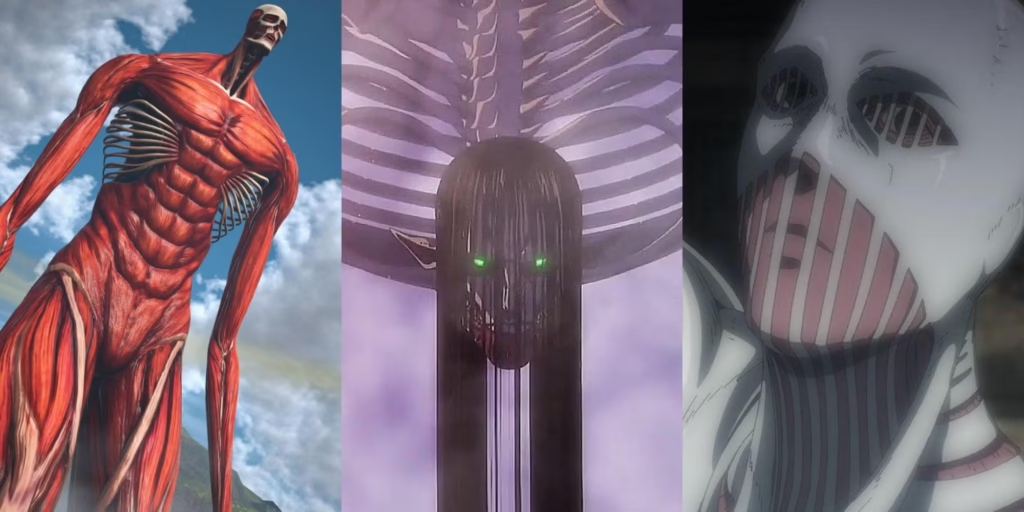The term “Huge Titan” evokes images of gargantuan beings and forces that transcend ordinary limits. From ancient myths to natural wonders, from the vastness of space to the cutting-edge of technology, Titans symbolize overwhelming power, endurance, and mystery. They embody the sublime — something so immense and powerful it inspires awe and sometimes fear.
This article explores the many facets of Huge Titans: their origins in mythology, manifestations in nature, representations in culture, and significance in science and technology. We’ll uncover why these colossal figures continue to capture our imagination and influence our understanding of power and scale.
Titans in Mythology: The Primordial Giants
The concept of Titans originates primarily in ancient Greek mythology but resonates across cultures.
Greek Titans: The First Gods
The Titans were divine giants born from Uranus (the sky) and Gaia (the earth). They ruled the cosmos during a mythic “Golden Age” until overthrown by the Olympian gods in the Titanomachy. Titans like Cronus and Rhea embodied elemental forces — time, earth, oceans — and their immense size reflected their power.
Titans in Other Cultures
Similar giant beings appear globally — Norse mythology’s Jotunn, the Hindu Asuras, and giants in Native American stories all illustrate humanity’s enduring fascination with colossal figures representing raw natural and supernatural forces.
Huge Titans of Nature: Life’s Giants
Nature is home to many real-life Titans — beings and formations that dwarf typical human scale.
Giant Trees: Living Titans of the Forest
The giant sequoia and coast redwood trees in California are among the tallest and largest living organisms. Some, like the General Sherman Tree, reach heights of nearly 300 feet and have survived for thousands of years, standing as living monuments of endurance.
Massive Creatures of Land and Sea
The blue whale is the largest known animal to ever exist, reaching up to 100 feet in length and weighing as much as 200 tons. Prehistoric dinosaurs such as Argentinosaurus and Patagotitan lived up to their Titan name, some over 100 feet long and tens of tons in weight.
Geological Titans: Mountains and Ice
Mountains like Everest and Denali are geological Titans shaped by tectonic forces over millions of years. Icebergs and glaciers, some the size of cities, represent frozen Titans slowly moving across the landscape.
Cosmic Titans: Giants Beyond Earth
The universe itself is home to enormous Titans, stretching our understanding of size and power.
Titan, Saturn’s Largest Moon
Titan is the largest moon of Saturn and one of the most intriguing celestial bodies in our solar system. It has a dense nitrogen-rich atmosphere and surface lakes of liquid methane and ethane, making it a prime candidate for studying potential extraterrestrial life.
Gas Giants and Stellar Titans
Jupiter and Saturn are enormous gas giants, holding dozens of moons and exerting immense gravitational influence. Beyond planets, stars, neutron stars, and black holes are cosmic Titans whose mass and energy shape galaxies and space-time.

Huge Titans in Modern Culture: Giants of Story and Technology
Titans have become enduring symbols in modern storytelling and technological advancement.
Titans in Popular Media
The anime Attack on Titan reimagines Titans as gigantic humanoid creatures threatening humanity, blending horror and epic storytelling. Films like Clash of the Titans bring mythological giants to life with spectacular visual effects.
Titans in Gaming
Games frequently feature Titans as massive bosses or allies. Titles such as Titanfall let players pilot giant mechanized Titans, merging mythic imagery with futuristic technology.
Titans in Technology and Industry
The word “Titan” is often used to describe dominant figures or entities in business and technology — from powerful supercomputers to industry leaders known as Titans of innovation.
Symbolism and Metaphor: Titans Beyond Size
The idea of a Huge Titan transcends physical scale and becomes a metaphor for various human concepts:
- Power and Strength: Titans embody overwhelming force.
- Endurance and Legacy: They symbolize lasting impact and resilience.
- Challenges and Obstacles: Titans represent formidable difficulties that require courage to face.
Why Are Huge Titans So Captivating?
Humans are drawn to extremes, and Titans represent the ultimate extremes of size, power, and mystery.
- Awe: They inspire wonder because they surpass normal experience.
- Fear: Titans can evoke fear as representations of uncontrollable forces.
- Inspiration: They motivate us to face our own “titans” and strive for greatness.
Frequently Asked Questions (FAQs)
What does “Titan” mean?
Originally, a Titan was a giant deity in Greek mythology. Today, it refers to anything very large or powerful.
Are Titans real?
Mythological Titans are fictional, but the term describes real massive trees, animals, mountains, and planets.
What is the largest Titan in the natural world?
The blue whale is the largest animal, and the giant sequoia is among the largest trees.
Why is Saturn’s moon named Titan?
It’s named after the mythological Titans to reflect its large size and mysterious nature.
How are Titans depicted in modern culture?
They often appear as enormous creatures or machines symbolizing strength and epic conflict.
Can “Titan” describe people or companies?
Yes, it’s used metaphorically for individuals or organizations with great influence.
Huge Titans, in all their forms — mythological, natural, cosmic, and cultural — continue to captivate us by challenging our perceptions of scale, power, and endurance. These colossal forces remind us that beyond the ordinary lies a world of awe-inspiring giants shaping our universe and stories.
More Info: masterfxstrategies

